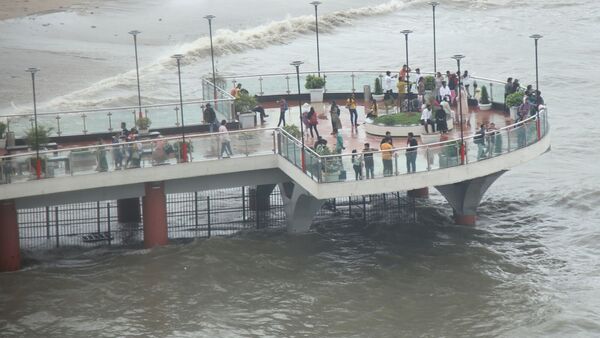
Introduction: Gateway Of India, Mumbai-History, Visiting Timing
Nestled along the waterfront of, Gateway of India, Mumbai-History, Visiting Timing stands tall as an iconic monument, encapsulating the city’s rich history and cultural heritage.
Built during the British Raj, this majestic structure has evolved into much more than a mere architectural marvel; it has become a symbol of Mumbai’s resilience, grandeur, and the confluence of diverse influences. In this exploration.
we delve into the Gateway of India’s historical roots, its architectural magnificence, its significance in the modern context, and the indelible mark it leaves on the hearts of both locals and visitors.
Gateway of India Historical Roots:
The Gateway of India’s story begins in the early 20th century when King George V and Queen Mary visited Bombay in 1911. To commemorate their visit, a grand arch was proposed, and construction commenced in 1915. However, due to the outbreak of World War I, the project was put on hold and resumed only in 1914. The Gateway was eventually finished in 1924, having been designed by the governor of Bombay, George Sydenham Clarke Wittet, an architect renowned for fusing Gothic and Indo-Saracenic styles. For well-known individuals, the arch functioned as a ceremonial entryway into India and a final farewell to British dignitaries leaving via the harbor.
Architectural Magnificence: Gateway Of India, Mumbai—History, and Visiting Timing
The Gateway of India stands as a testament to the architectural prowess of the early 20th century. The monument seamlessly combines Indo-Saracenic and Muslim architectural styles, featuring intricate latticework, elegant arches, and ornate bas-reliefs.
The yellow basalt and reinforced concrete structure rises gracefully, offering a stunning juxtaposition against the backdrop of the Arabian Sea.
The central dome, adorned with a lotus motif, adds a touch of regality, while the four turrets accentuate the arch’s imperial aura.
As sunlight dances upon its surface and the sea breeze whispers through its arches, the Gateway exudes a timeless charm that captivates all who gaze upon it.
Significance in the Modern Context:
While initially conceived as a symbol of colonial grandeur, the Gateway of India has undergone a profound transformation, evolving into an emblem of Mumbai’s identity and spirit. It has witnessed historical events, from the departure of British troops post-independence to the tragic incident of 11/26.
it is a bustling public space, attracting tourists, locals, and artists alike. The promenade surrounding the Gateway bustles with life, with street vendors, photographers, and performers adding vibrancy to the atmosphere.
Its proximity to other iconic landmarks, such as the Taj Mahal Palace Hotel, creates a picturesque setting that encapsulates the essence of Mumbai.
Gateway and Bollywood:
The Gateway of India has played a significant role in the cultural landscape of Mumbai, particularly in the realm of Bollywood cinema. Numerous films, spanning various genres, have featured the monument as a backdrop for pivotal scenes, romantic interludes, and dramatic moments.
The grandeur of the Gateway has lent itself to the cinematic narrative, creating a visual tapestry that resonates with audiences worldwide. Its presence in films has further solidified its place in popular culture, making it an enduring symbol not only of Mumbai but also of Indian cinema.
Reflections on Mumbai’s Resilience:
The Gateway of India stands as a silent witness to Mumbai’s resilience in the face of adversity. The terror attacks of November 26, 2008, shook the city to its core, and the Gateway became a focal point for collective mourning and remembrance.
The Taj Mahal Palace Hotel, adjacent to the monument, also faced the brunt of the attacks. In the aftermath, the Gateway became a symbol of Mumbai’s undying spirit, representing the city’s ability to rise from the ashes and stand tall in the face of tragedy.
The memorial, inscribed with the names of the 166 people who lost their lives, serves as a poignant reminder of the city’s strength and unity.
Conclusion: Gateway Of India, Mumbai-History, Visiting Timing
In the heart of Mumbai, where the Arabian Sea meets the city’s vibrant energy, the Gateway of India stands as a sentinel of time, embodying the city’s history, culture, and resilience.
From its colonial roots to its transformation into a cultural icon, the Gateway has withstood the test of time, emerging as a symbol of Mumbai’s enduring spirit. As the sun sets over the Arabian Sea.
The Gateway of India can draw substantial crowds, particularly on weekends and holidays, due to its popularity and significance, Gateway Of India, Mumbai-History, Visiting Timing warmly welcomes visitors at any time of day, casting a particularly enchanting greeting during the sunset.






